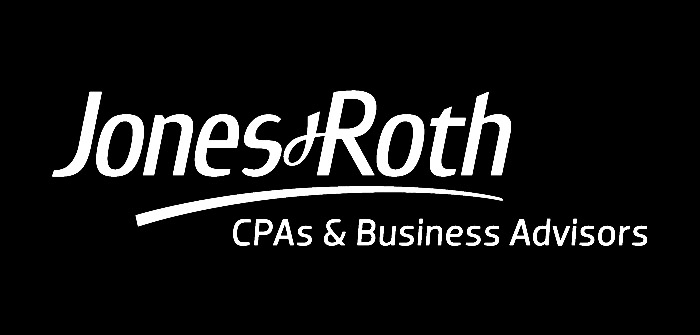Business owners rely on accurate financial statements and reports to provide insight into business performance. Aside from jumping to the bottom line, there are a variety of methods that can be used to analyze your financials further. Chief among these methods are the use of Key Performance Indicators (KPIs), which are typically calculations or formulas that distill your financial information into a digestible statistic. Below are areas to focus your analysis of KPIs and items to consider when establishing KPIs specific to your industry.
Profitability
When it comes to measuring profitability there are a myriad of ways to look at it. Commonly, an analysis of your profit margin (net income divided by gross revenue) and your gross margin (gross profits divided by revenue) gives you a percentage of profit or margin you are generating for each dollar of sales. Effectively, you can quickly decide whether you need to increase prices or if you can be more competitive in your pricing structure.
Target KPIs vary widely depending on the industry you operate your business in. You may work in an industry with slim margins or those with more controllable margins. A quick change in your accounting software, such as adding your expense categories as a percentage of your gross revenue, allows you to chart changes to various categories over time and develop trend analysis for your business. Additionally, this gives you a snapshot of what expenses have grown with little consideration as well as those that increase due to factors outside of our control.
Setting targets for your net income as a percentage of gross income helps reign in unnecessary spending. You may also measure you return on investment for different expenditures to determine if continued investment in those areas are worthwhile. Developing your own internal KPI, such as revenue per client, costs per job, can help you set limits as to what jobs you can afford to take on and where you can increase pricing.
Another important metric to consider, is how quickly you are collecting from customers that you have performed work for. Your accounts receivable turnover ratio (sales divided by average accounts receivable) illustrates how many times your accounts receivable is converted to cash in a period. Unless you are a financial institution, you are not in the business of issuing credit to customers. The longer it takes you to collect on accounts, is a missed opportunity to utilize those funds for the benefit of your business. By paying attention to this metric you can make decisions on the terms you want to extend customers for your services.
Utilization of Assets
The money you put into your business in the form of assets can help you become more efficient and expand the scope of projects you undertake. Decisions regarding investing additional capital or the best use of capital in the business are very important. A good measure of how efficiently you are deploying your assets is the total asset turnover ratio (gross revenue divided by total assets). This estimates how many dollars of revenue you generate for each dollar invested in your assets. Effectively, a high asset turnover ratio means you are more efficient with the use of your assets. Likewise, examining your total debt to total assets gives you a picture of how leveraged you are for the assets you use, and whether you should consider acquiring additional debt to purchase assets.
Liquidity
Business owners frequently hear the term liquid assets (easiest and quickest to turn into cash). Businesses must have sufficient liquid assets on hand to meet their current obligations. Cash is the most liquid asset, followed by receivables and inventory. The current ratio (current assets divided by current liabilities) gives you a quick picture of your solvency. Too much debt and not enough liquid assets, result in a lower ratio. Excessive cash on hand or uncollected accounts receivable can skew the ratio unnecessarily high. Knowing your solvency can assist in important decisions, from taking more owner distributions to deciding how much to fund in a retirement plan for the year.
The most important consideration for KPIs is setting targets. We recommend setting targets in two main ways, baseline and push goals. Baseline targets act as a floor in that they are metrics you must stay above to stay profitable and solvent. Push goals assist in driving efficiency metrics or growth strategy to meet your long-term goals. The most effective metrics are specific to the industry you serve. If you can utilize industry specific data then you can learn how your business compares to peers, where you are more successful or areas of improvement. You may wish to work with your CPA, business advisor or coach to develop a plan to implement your unique KPIs.
Jordan Dawley, CPA works with clients in the Jones & Roth Central Oregon office. He specializes in providing tax and business planning services. Jordan enjoys connecting with others in the local business community and providing solutions that have an impact on local companies and their owners. He currently serves as the Audit Chair of the local chapter of the Risk Management Association.
jrcpa.com • jdawley@jrcpa.com • 541-382-3590





